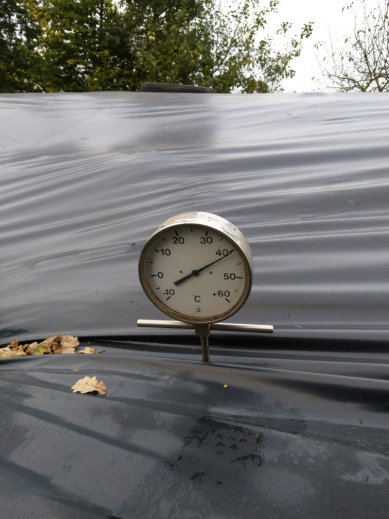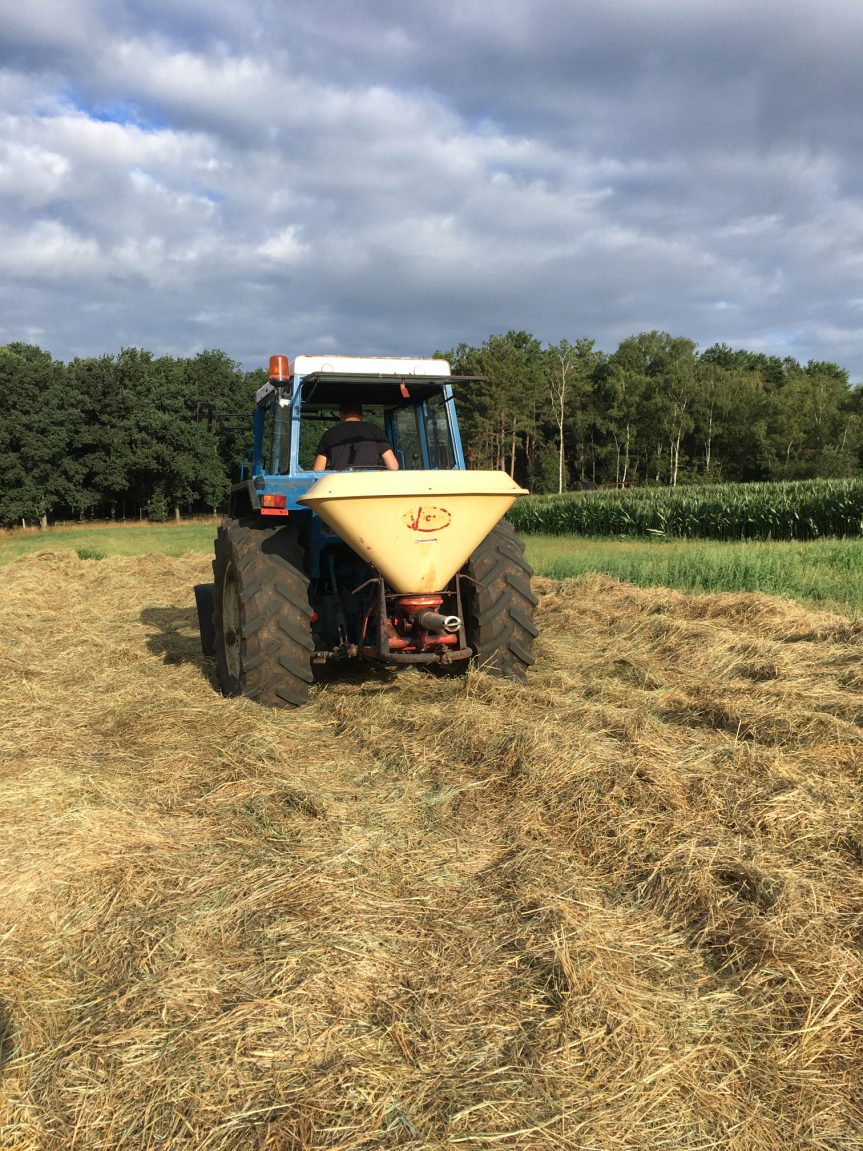This article was written by Hans Hofland (info@holag.eu) van Holag. Hans is a specialist in agricultural and nature management. He creates integrated connections between agriculture and nature, in which sustainability, circularity and healthy soils are central themes. Holag and AquaMinerals worked together on a project in which organic material generated by nature management measures can be reintegrated into the (agricultural) soil – with an attractive role for our water utilities’ lime.
Working linearly
There are many stakeholders active in rural areas in the Netherlands. Apart from nature managers, there are agricultural entrepreneurs, Water Authorities, water utilities and municipalities, each with their own agenda and interests. These stakeholders were traditionally often linearly organised, purpose-oriented and protective of their interests. This is going to change: societal developments and the ambitions of these stakeholders are taking on a new shape: from linear to circular. This means that the interests of these stakeholders are more intertwined and that they are seeking to collaborate with each other.
Policy
The current societal themes are: the climate/CO2, food quality, water surplus or shortage, and biodiversity. Government policy is being increasingly adjusted to address these themes. The new agricultural policy of minister Schouten offers an example here: the policy focuses on issues such as circular agriculture and the abolition of artificial fertilisers.
Foodweb
Whoever looks at the foodweb closely realises that soil life plays a hugely important role. It is a basic element that now falls more within the stakeholders’ scope. The soil, the place where the foodweb begins, is more important than people thought. Today’s societal themes therefore all have a direct link with the soil, that is, with the foodweb.

To practice
Our soil is very important. Nonetheless, we know that agricultural soil is often affected by a significant shortfall in organic material. This offers the opportunity for an interesting connection: on the one hand, the organic material generated by regular nature management measures and, on the other, the demand for organic material on the part of agriculture. The mowing of land in nature areas – which needs to be done for conservation purposes – produces biomass/organic material. This material then needs to be removed from the land, which represents a cost for the nature area manager.
To make this biomass suitable for use in the soil, it needs to undergo fermentation. This can be done locally and on a small scale. The mowed vegetation from the nature area goes to an agricultural entrepreneur, who ferments it and then applies it to the soil.
Sustainable solution: fermentation
Fermentation offers a sustainable solution as long as the process is conducted properly. The raw materials and method of production need to be sustainable. This means that any required additives need to be critically examined as well. One of these additives is lime, but it is often brought in from undesirably distant places and moreover involves the depletion of primary sources (quarries).
This is why a test was begun this year using lime (CaCO3) from AquaMinerals. This lime originates in the process of softening drinking water at water utilities. Since drinking water is produced at numerous locations in the country there is always lime available in the vicinity. This lime is subject to numerous analyses and meets all regulatory requirements. In other words, a sustainable and locally available product can be used in a small and relatively simple resource loop.
The project applied the ‘Soil Smart’ system: a set of three different analyses focused on soil life, structure and chemical composition. This made the process both transparent and manageable. The system is used in soil projects. The results were positive, so that the implementation of a new – circular – policy is now a step closer.
Partners
The parties involved were Natuurmonumenten, AquaMinerals, various agricultural entrepreneurs, Loonbedrijf Oerlemans and, indirectly, the Brabantse Delta Water Authority. The project implementation was in the hands of Holag.




